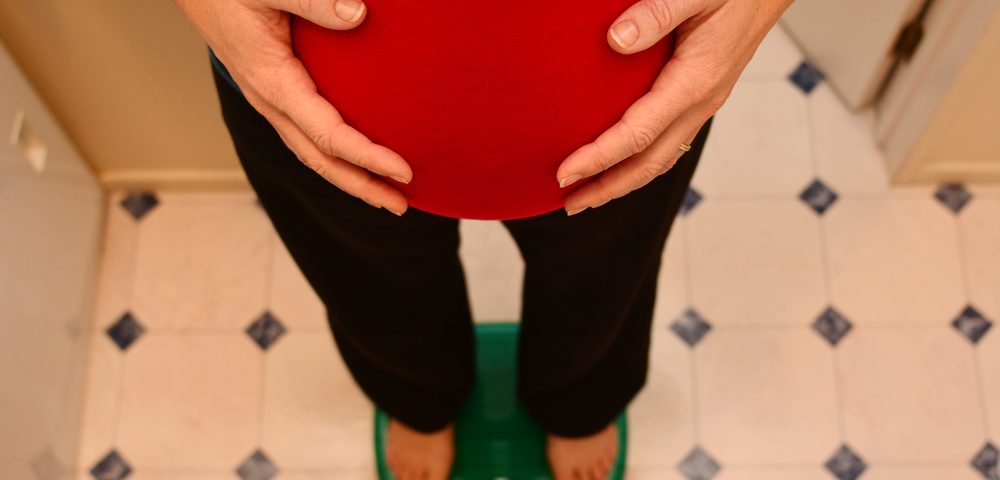In a nationwide Swedish study, researchers found a significant link between obese pregnant women and higher rates of cerebral palsy (CP) in their children.
The study, “Association Between Maternal Body Mass Index in Early Pregnancy and Incidence of Cerebral Palsy,” was published in the journal JAMA.
Cerebral palsy is the most common pediatric motor disability, but factors that may indicate a higher risk for the disease remain largely unknown.
Overweight and obese moms-to-be have been identified as an important prenatal risk factor, with studies suggesting links to possible cognitive and behavioral developmental disabilities in children.
In fact, “an association between high maternal body mass index (BMI) and cerebral palsy has been suggested but never addressed in a nationwide investigation with sufficiently large numbers of cases to allow exploration of possible causal pathways,” researchers wrote.
Scientists performed a population-based study in Sweden that aimed to identify whether there is a link between overweight and obese pregnant women on the incidence of cerebral palsy.
The team retrospectively studied a group of women with only one child who had been born in Sweden from 1997 through 2011. In total, the study included 1.4 million Swedish children.
They analyzed incidence rates of cerebral palsy, which were then adjusted for maternal age, country of origin, education level, cohabitation with a partner, height, smoking during pregnancy, and year of delivery. Maternal BMI was defined according to the classification established by the World Health Organization (WHO): underweight (less than 18.5 BMI); normal weight (18.5-24.9); overweight (25.0-29.9); obesity grade 1 (30.0-34.9 BMI); obesity grade 2 (35.0-39.9); or obesity grade 3 (40.0 or higher BMI).
Out of the 1,423,929 children analyzed, 3,029 were diagnosed with cerebral palsy over a median 7.8 years of follow-up. The analysis showed that overweight pregnant women and increasing grades of obesity were significantly associated with increasing rates of cerebral palsy. This association was only observed in children born at full term, and was partly mediated through asphyxia-related neonatal complications.
“In the United States, approximately half of all pregnant women [are] overweight or [obese] at the first prenatal visit,” the researchers concluded. “Considering the high prevalence of obesity and the continued rise of its most severe forms, the finding that maternal overweight and obesity are related to rates of cerebral palsy in a dose-response manner may have serious public health implications.”

